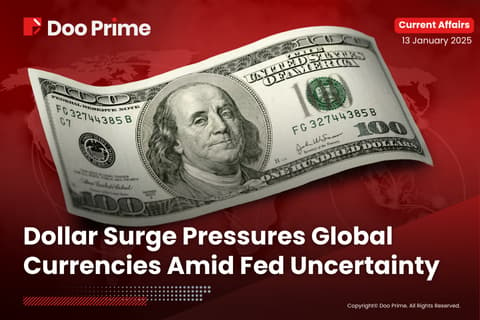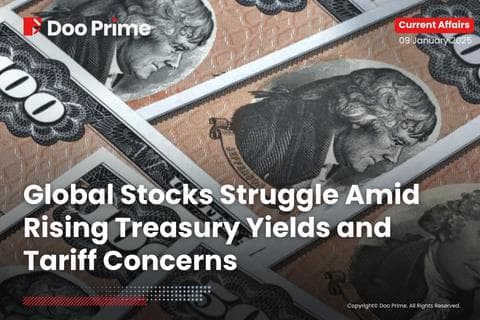WORLDWIDE: HEADLINES
Readout Of January Meeting Shows Fed Not Wed To Particular Pace Of Rate Hikes
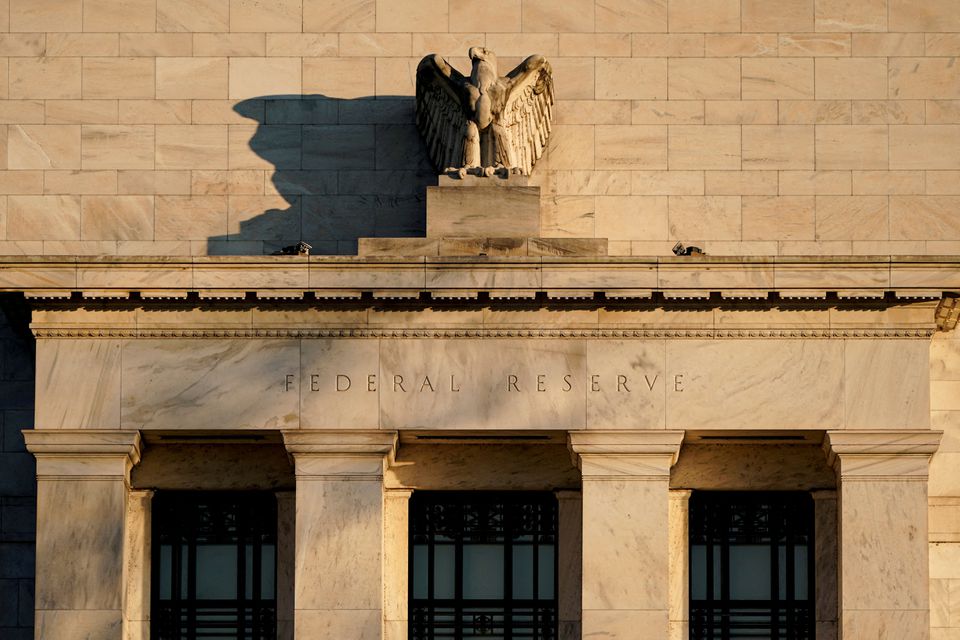
Federal Reserve officials last month agreed that, with inflation tightening its grip on the economy and employment strong, it was time to raise interest rates, but also that any decisions would depend on a meeting-by-meeting analysis of inflation and other data, according to the minutes of the Jan. 25-26 policy meeting.
The account of the two-day session showed the U.S. central bank readying for a fight against the fastest pace of price increases since the 1980s, with officials saying that while they still expected inflation to ease through the year they would be ready to hike rates fast if it does not.
“Most participants noted that, if inflation does not move down as they expect, it would be appropriate for the (Federal Open Market) Committee to remove policy accommodation at a faster pace than they currently anticipate,” the minutes stated.
As it stood, Fed officials said the strength of the economy and the high current pace of inflation would warrant raising rates quicker than the once-per-quarter pace seen during the tightening cycle that began in 2015 – a statement some analysts said perhaps points to rate hikes at every meeting this year.
The Fed meets eight times per year, or roughly every six to seven weeks.
But, with the United States still near a peak in coronavirus infections when the last policy meeting was held, the minutes gave no obvious indication policymakers were wed to a particular path – and, especially, no sense they would start the liftoff in borrowing costs at their upcoming meeting in March with a half-percentage-point rise in the benchmark overnight interest rate.
The Fed in recent years has stuck with smaller and usually well-anticipated quarter-percentage-point increases.
Full coverage: REUTERS
Third Point Sees More Value In Amazon, Likes Some “Old” Tech Stocks

Hedge fund Third Point LLC said it added new positions and bulked up on names it already owned when markets sold off earlier this year and said that Amazon is at an “inflection point” that should lead to a higher share price.
The New York-based firm whose investments are closely watched by rivals also said certain technology stocks often referred to as “old” tech like Intel “deserve a second look.”
Third Point, which oversees roughly $18 billion, has invested in Intel and Amazon for some time but said it had “significantly increased” the size of its investment in Amazon recently, betting new management will move the company forward with new initiatives.
Third Point’s founder, billionaire investor Daniel Loeb, wrote about the moves in a letter sent to shareholders on Wednesday evening and seen by Reuters.
Full coverage: REUTERS
WORLDWIDE: FINANCE/BUSINESS
The S&P 500 Rebounds, Closes Slightly Higher After Fed Minutes
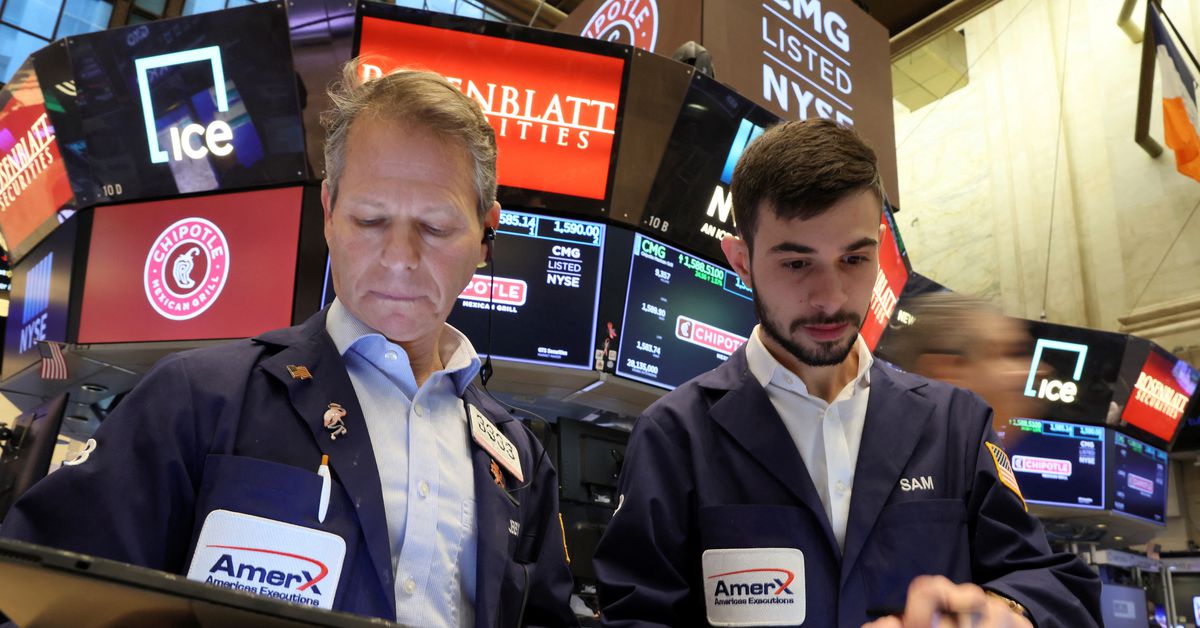
Wall Street bounced off session lows Wednesday with the S&P 500 crossing into positive territory by the closing bell after the U.S. Federal Reserve released meeting minutes, which said that while the central bank intends to begin raising interest rates to combat inflation, its decisions would be made on a meeting-by-meeting basis.
The minutes showed that while policymakers agreed that it would “soon be appropriate” to raise the Fed’s benchmark overnight interest rate from its near-zero level, they would re-asses the rate hike timeline at each meeting.
“The fact the Fed was not more hawkish than previously thought seems to have rescued stocks for the moment, anyway,” said Lou Brien, strategist at DRW Trading in Chicago. “The market was worried the aggressive policy stance of (St. Louis Fed President James) Bullard was more widespread but this doesn’t seem to be the case.”
All three major U.S. stock indexes spent most the session deep in negative territory, as investors contended with shifting geopolitical tensions and a raft of data suggesting that the U.S. economy is heating up, thereby bolstering the Federal Reserve’s case for aggressive rate tightening.
But after the release of the Fed minutes, the indexes gyrated, eventually erasing losses. The Nasdaq and the Dow closed modestly lower.
“It seems like the Fed didn’t rock the boat too much,” said Ryan Detrick, chief market strategist at LPL Financial in Charlotte, North Carolina. “It didn’t throw that hawkish curve ball we saw six weeks ago and that was a relief to a lot of investors.”
A raft of economic data on Tuesday showed a sharp rebound in retail sales, stronger than expected industrial output, and core import prices reaching an all-time high.
Full coverage: REUTERS
Ukraine Stand-off Keeps Euro Pinned
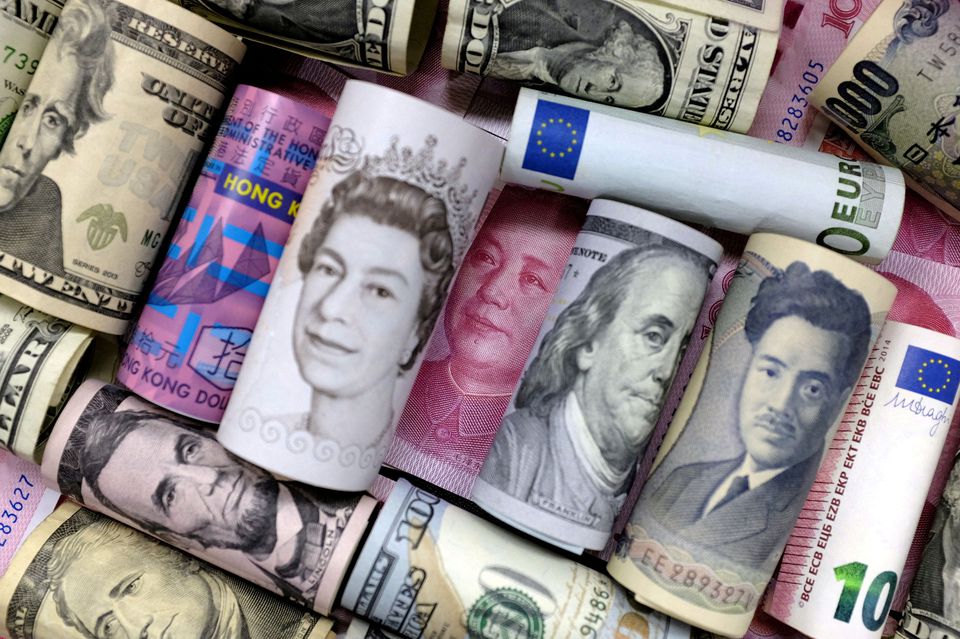
The euro was weighed down on Thursday after a U.S. official said Russia was increasing troop numbers near its border with Ukraine rather than withdrawing, offsetting a boost it had caught overnight from a modest retreat in U.S. rate hike expectations.
The standoff on Europe’s eastern edge is one of the deepest crises in East-West relations for decades, and markets – and the euro – had rallied in relief at earlier Russian statements about a military pullback. A senior U.S. official told reporters on Wednesday that those statements were false.
The euro was pinned around $1.1379 early in the Asia session. The yen also held firm at 115.34 per dollar.
Overnight minutes from the Federal Reserve’s January meeting were less hawkish than some investors had expected and the dollar and bets on aggressive hikes eased a little bit.
“The minutes did not mention any discussion about a half-point move and didn’t disclose details about the timing or the monthly pace of the planned balance sheet reduction,” said Scotiabank strategist Qi Gao in a note.
The U.S. dollar index fell about 0.2% after the minutes to 95.769, where it traded on Thursday, though Gao said it could probably slide a bit lower toward 95.
Besides caution around Ukraine, another factor lending a floor to the dollar were whopping trade deficits in Europe and Japan caused by surging energy prices.
Data on Thursday showed Japan ran its biggest trade deficit in a single month in eight years in January, while Europe’s trade gap also widened in December and more than quadrupled with its biggest energy supplier, Russia.
Elsewhere better-than-expected employment data was not enough to lift the Australian dollar through resistance around $0.7210 and the currency hovered near that level.
Full coverage: REUTERS
Oil Slides After France And Iran Say Closer To A Nuclear Deal

Oil slid more than 2% in early Asian trade on Thursday after both France and Iran said parties are closer to an agreement to salvage Iran’s 2015 nuclear deal with world powers, offsetting ongoing concerns over the situation in Ukraine.
U.S. West Texas Intermediate (WTI) crude was trading down $2.50, or 2.7%, at $91.16 a barrel at 0058 GMT, after it ended up 1.7% the previous day.
Brent crude was trading down $2.43, or 2.6%, at $92.38 after the contract closed up 1.6% in the previous day’s trade.
“Positive news from the U.S.-Iran nuclear negotiations is providing much-needed relief to global oil prices, as the possibility of new crude supplies reduces the supply-demand deficit,” said Claudio Galimberti, senior vice president of consultancy Rystad Energy.
France on Wednesday said a decision on salvaging Iran’s 2015 nuclear deal with world powers was just days away and that it was now up to Tehran to make the political choice, while Tehran called on Western powers to be “realistic.”
Oil markets have been dominated in recent weeks by Russia’s threatening posture toward Ukraine, with concerns that supply disruptions from the major producer in a tight global market could push oil prices to $100 a barrel.
Full coverage: REUTERS

